Do you have a little tincture bottle sitting in your medicine cabinet but feel too silly to admit you don’t know what to do with it? Have no fear; here, you will learn all the different ways to use an alcohol-based cannabis tincture to help you feel better and achieve your health goals.
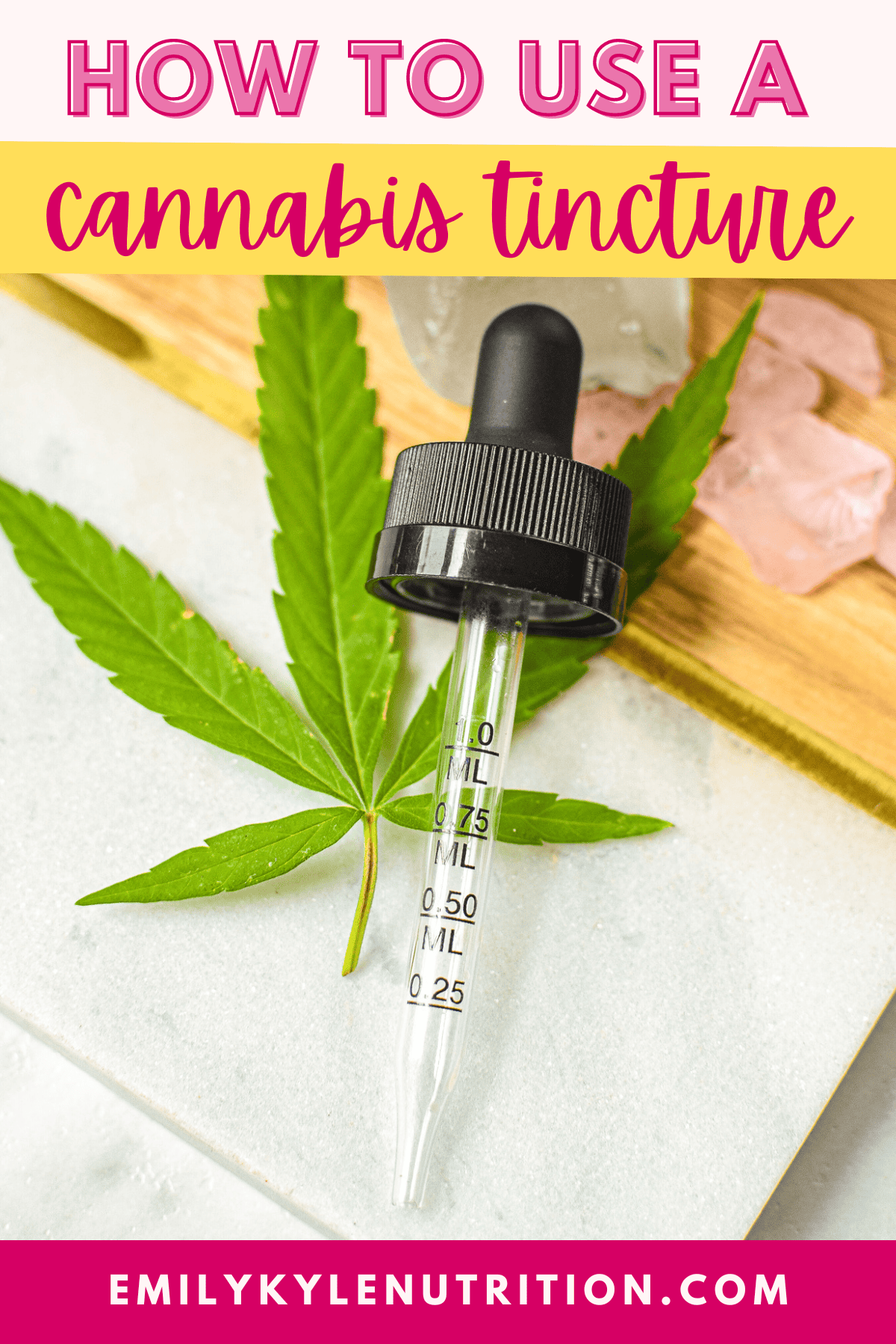
Table of Contents
Article Features
- All the ways to use a tincture
- The differences between an alcohol tincture vs. oil infusion
- Want to skip the hard work? Shop with me and have premium, high-quality cannabis products delivered directly to your door! Now shipping across the US.

Why You Will Love This Guide
Hello and welcome; if you are new to the world of cannabis tinctures, you are in the perfect place!
Who knew that one little word – tincture – could have so many different meanings and options?
Cannabis users inside my Well With Cannabis Community know there is so much involved with tinctures, from making them to taking them.
In this guide, I will show you the most popular ways to use this cannabis extract to help you find the relief you are looking for.
Benefits of Tinctures
Tinctures have been growing in popularity, and for good reason.
Cannabis consumers love tinctures because they are a discreet way to consume plant medicine with very few unwanted side effects.
Tinctures work faster than edibles, making them a good option for experiencing quicker medicinal benefits.
They also have a higher bioavailability rate, meaning you get more of the active compounds we want into the body.
Physical benefits range from pain relief to relaxation, making this option a great alternative to traditional medications.
If you purchase a tincture from a reputable retailer, you can also enjoy precise dosing verified by lab tests.
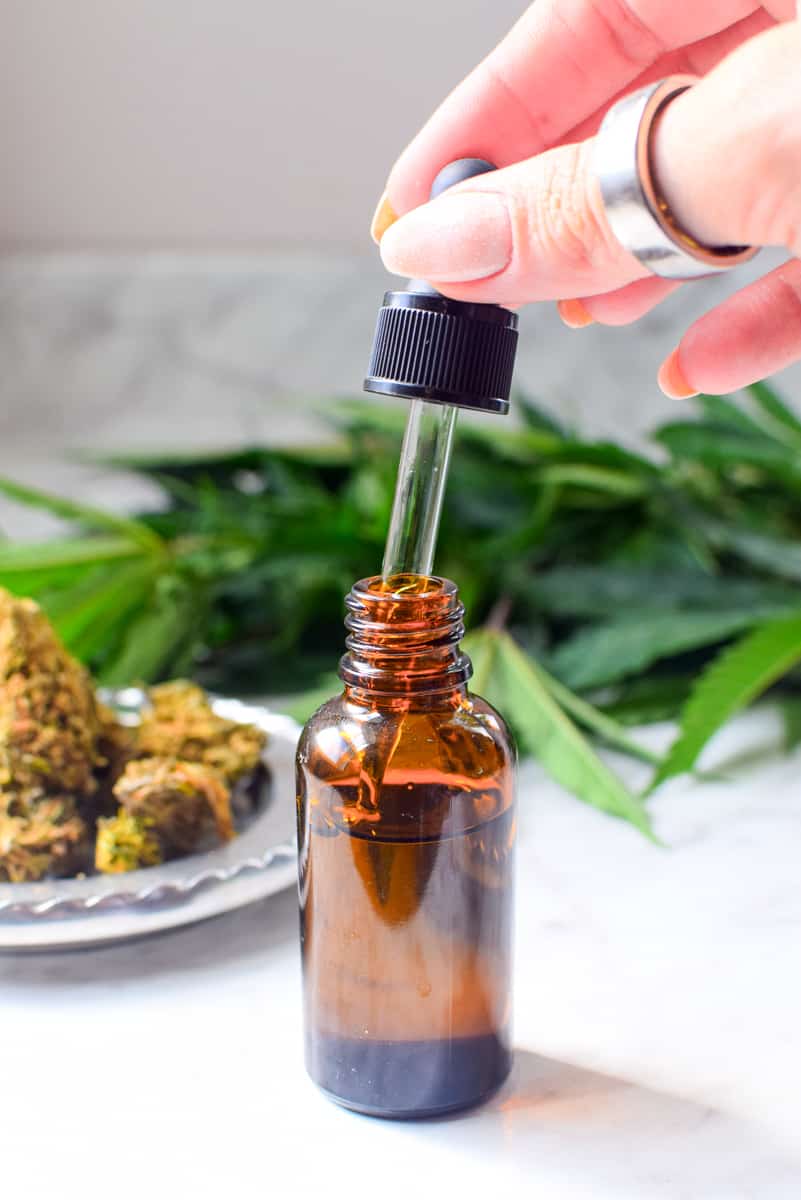
What is a Tincture
A tincture has been a staple preparation in herbalism for thousands of years, but tinctures for medicinal purposes have not been very popular in our Western healthcare system – until now.
Thanks to the cannabis plant, more and more products labeled as cannabis tinctures are making their way to market.
By definition, a tincture is made by soaking an herb in alcohol to create various herbal extracts.
This liquid product has a long shelf life and can be used in various ways, depending on the need.
Unfortunately, many cannabis products on shelves today that are labeled as tinctures are not alcohol-based but oil-based, causing some confusion.
It is important to understand the differences between alcohol-based and oil-based infusions before using them.
Alcohol-Based Tinctures
Depending on where you live, it is unlikely that you will be able to purchase an alcohol-based tincture in a legal, medical, or recreational dispensary.
You can, however, make alcohol-based tinctures with cannabis plant material and grain alcohol at home.
Many different methods for making tinctures will result in a slightly different final product; they are all outlined below.
It is important to know that if you have made a cannabis tincture with alcohol, it will burn when placed in the mouth or under the tongue.
To avoid this burning sensation, you can evaporate the alcohol, resulting in a potent end product known as FECO, or full-extract cannabis oil.
Oil-Based Infusions
Cannabis oil ‘tinctures’ that are made with oil, by definition, are not tinctures but rather infusions.
An infusion happens when you combine cannabis plant material with a fat source to extract the fat-soluble trichomes.
Making an oil infusion is a simple way to consume and reap the many benefits of cannabis.

How to Use a Marijuana Tincture
Once you know what type of product you’re using, you must decide how to use it.
Here are the most popular consumption methods, but remember, it is most important to pick one based on your personal preference.
Sublingual
Sublingual consumption is the most common method for consuming a tincture.
This method involves placing the tincture under the tongue and holding it there for as long as possible.
This allows for the absorption of the cannabinoids into the mucous membranes and eventually into the bloodstream.
When a tincture is used this way, the effects can be seen in as little as 15-30 minutes.
You can learn more about the benefits of the sublingual application method here.
Edible
If you swallow a tincture, whether from the dropper or mixed in with food, it will pass through your digestive system.
This means the digestive tract will process the tincture as an edible and can have different effects than the sublingual method.
When a tincture is swallowed, it can take anywhere from 30-60 minutes to kick in, and the effects can last longer.
You can learn more about eating cannabis edibles and the importance of safe dosing here.
You can also use an alcohol-based tincture to make various edibles, such as cannabis sugar, cannabis salt, or gummies.
If you are making homemade edibles, don’t forget to use the edible dosage calculator to guesstimate the cannabinoid content of your final product.
Topical
Cannabis tinctures can be used on the skin for localized relief.
You can put the tincture directly onto the skin where you want to see the desired effect.
You can learn more about the benefits of cannabis for the skin here.
SAVE THIS GUIDE 💌
Capsule
Placing a tincture into a capsule is another way to consume the product.
Just know that when you swallow a capsule, it will be absorbed and have the same effects as an edible.
If the tincture is in liquid form, you will want to be sure you purchase the right type of capsule so it does not dissolve.
Learn more about how to make cannabis capsules with tinctures here.
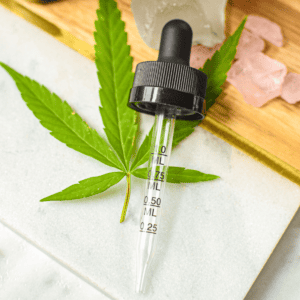
How to Use a Marijuana Tincture
What You Need
- 1 mL alcohol-based tincture
Instructions
- Purchase a tincture from your favorite retailer or make your own at home.
- Choose the right dose and cannabinoid to get started with.
- Shake the bottle of tincture well to make sure everything is combined.
- For sublingual application, place your desired amount of tincture under your tongue and hold it there for 60-90 seconds, or ideally as long as possible.
- Swallow the rest, if needed. Note that anything swallowed will be processed as an edible.
- Wait 15-30 minutes to assess for any desired effects. Effects can last for 2-4 hours.
- Track your progress to see what is working and what is not and to determine whether or not you need to increae or decrease the dose.
- Record your progress in a cannabis journal so you will be able to look back on your symptoms, dosages, and outcomes.
How to Make a Tincture at Home
Want to reap the benefits of a cannabis tincture at home?
Find my step-by-step guide and directions for making different types of tinctures below.
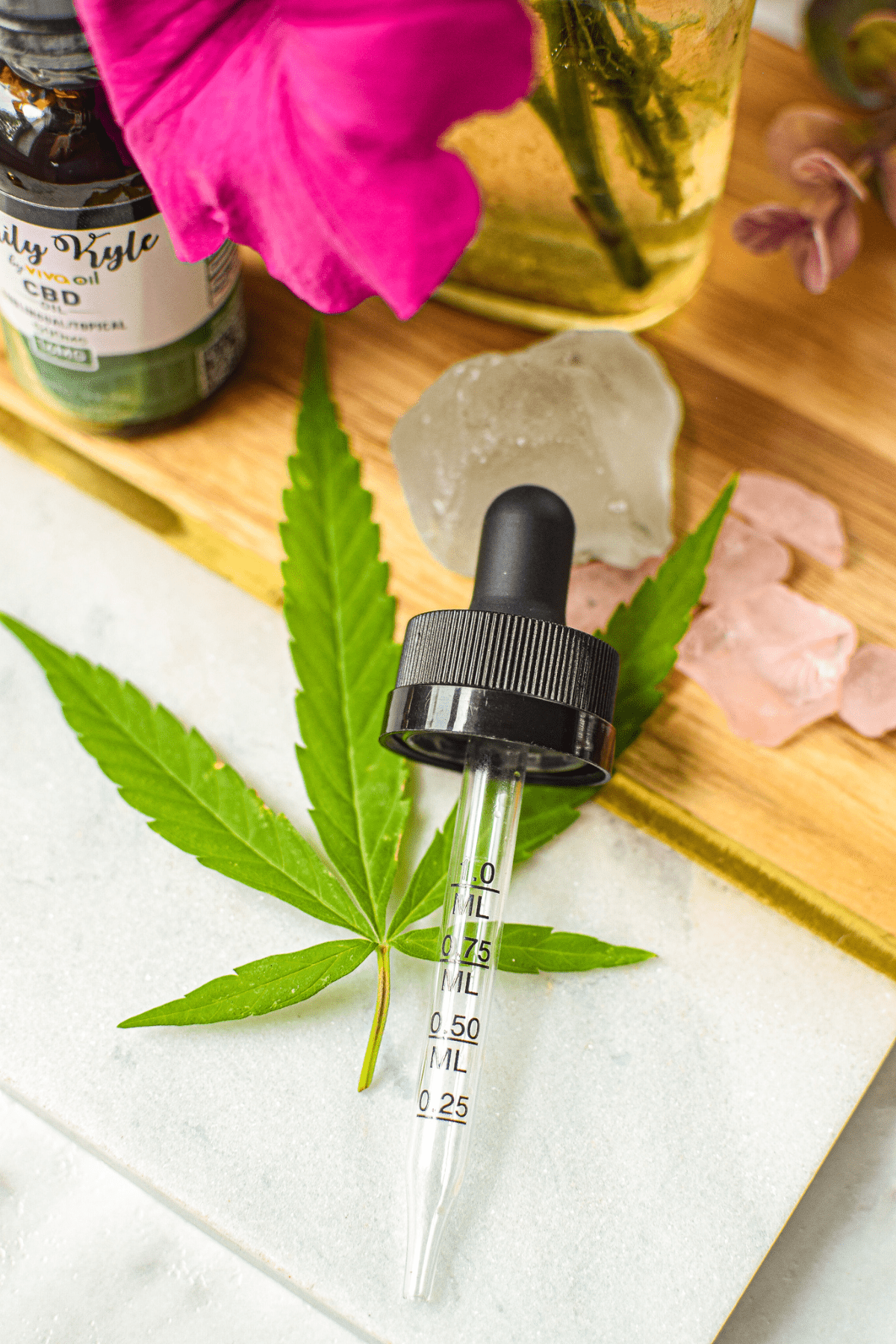
Alcohol Tinctures
The classic tincture-making process involves combining cannabis and alcohol.
For this process, it is best to use high-proof alcohol and never use methylated spirits or rubbing alcohol.
The Green Dragon is the easiest way to make a tincture and involves combining the alcohol and plant matter in a mason jar and storing it in a dark place for several days to months.
The Golden Dragon, or QWET method, is one of the best ways to make a high-quality tincture using frozen alcohol, frozen plant matter, and quicker wash times.
The difference between these tinctures comes down to potency and final taste.
It is best to store an alcohol-based tincture in dark dropper bottles and only use it a little at a time, especially the first time.
If you find the alcohol’s burn too strong, try one of these safe methods for evaporating it.
Different Forms of Cannabis
- To make CBD tinctures or CBD oils, you must start with CBD-dominant flowers
- To make THC tinctures, you must start with THC-dominant flowers
- You can achieve various cannabinoid ratios by combining different strains of flowers
- To make a CBDA tincture or THCA tincture, skip decarboxylation
- You can use cannabis roots to make a cannabis root tincture
Frequently Asked Questions
Taking caution when making THC tinctures at home is a good idea, as THC can cause intoxicating effects. The effects of THC are different for everyone, but it can make you feel unwell if you consume too much. If you are unsure how much THC is in your homemade cannabis tincture, start with a low dose and slowly increase it as necessary.
Whether you have a low or a high tolerance, it is important to dose the right product appropriately. Products with higher CBD ratios may not be too concerning, but products with a higher ratio of THC can cause psychoactive effects. Use this dosing guide if needed.
No, I do not recommend using vegetable glycerine to make a cannabis tincture because it is not an effective option.
They should be stored in glass bottles with a full dropper, typically in 1mL increments. Using a labeled dropper is a great way to ensure more consistent doses. These small bottles should be labeled and stored in a cool, dark place. Learn more about how to store edibles here.
More Tincture Recipes You Will Love
Cannabis Infusions & Extractions
Easy Green Dragon Recipe » Cannabis Alcohol Tincture
Cannabis Infusions & Extractions
How to Make a CBDA Tincture
Cannabis Infusions & Extractions
How to Make a THCA Tincture
Cannabis Infusions & Extractions
Golden Dragon QWET Cannabis Freezer Tincture
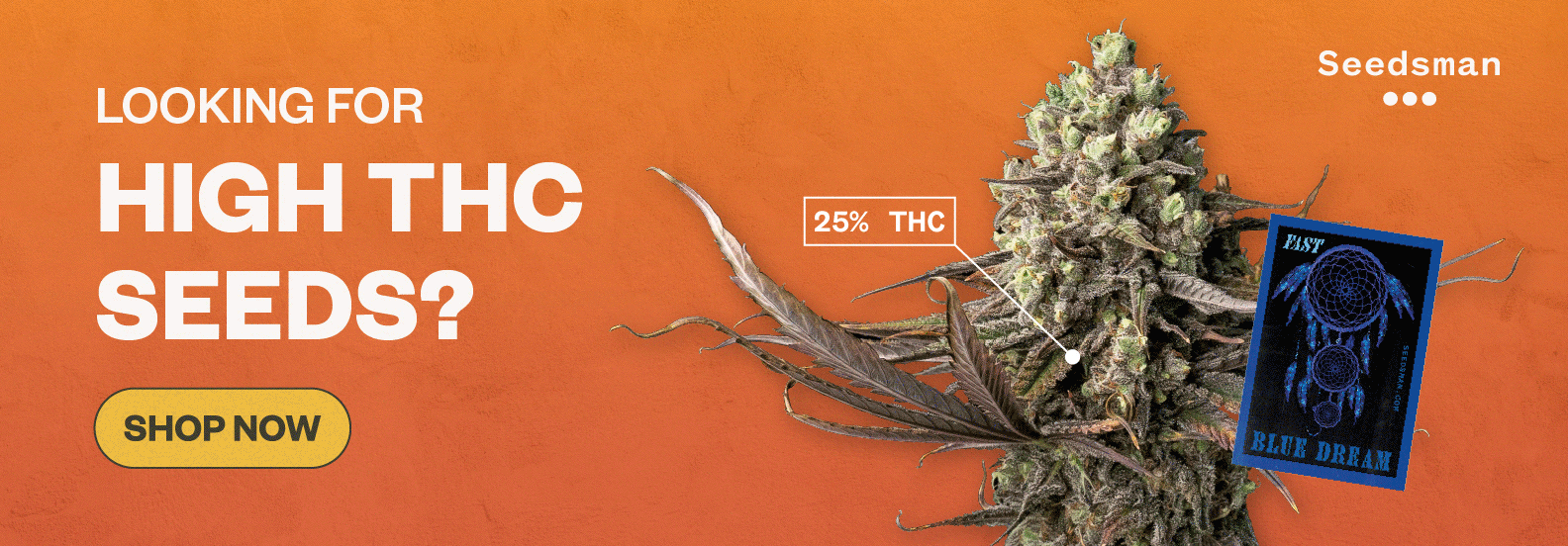

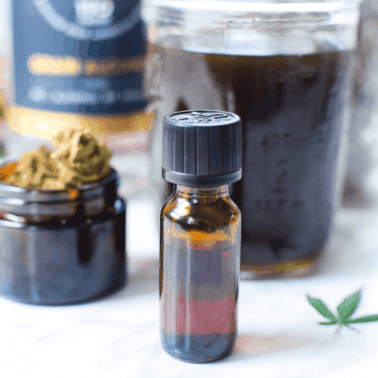
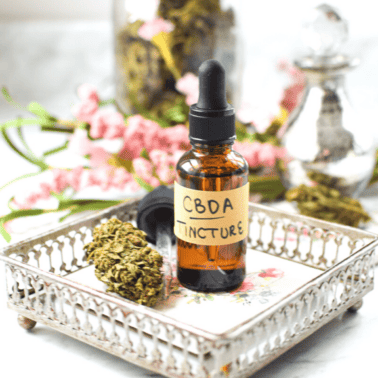
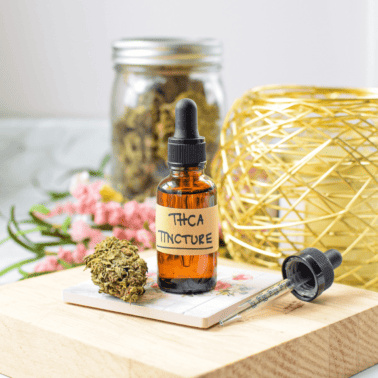
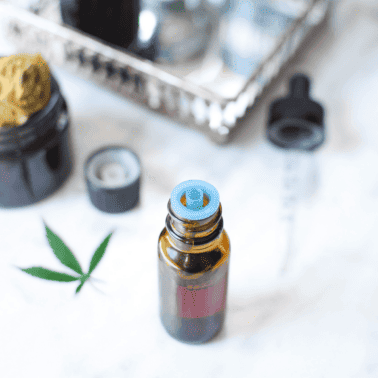
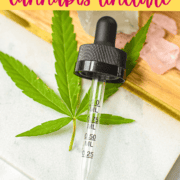








Hi, thank you for this amazing website.
I made a Green Dragon tincture, the taste of alcohol is strong, I’m planning on lettign the bottle opened during a day to see if some alcohol could evaporate.
When I place the drops under my tongue, should I add a few drops of oil to fully absorb the molecules of cannabis?
Hello Verra! When it comes to placing drops under your tongue, you don’t necessarily need to add oil. The alcohol in the tincture is already acting as a solvent to extract and deliver the cannabis molecules effectively. However, if you find the alcohol too harsh, you could dilute the tincture with a carrier oil or drink water afterward to ease the sensation. I hope this helps 😀
Hi I am new to making gummies and I am using as the tincture it’s a 30 ml bottle and it contains 1000 ml of THC I not sure On how to use the calculator for this I like to know how much I should put in a recipe I also like to know how much THC it will give me let gummy
Welcome to the gummy-making journey, Ruby! 🌿 When working with a 30ml tincture containing 1000mg of THC, first, you will need to know how many servings have been or will be made. For example, if you used the whole bottle and made 25 gummies, you would do (1,000mg of THC/25 gummies) = 40mg THC per gummy. If you used half a bottle and made 50 gummies, it would be (500mg of THC/50 gummies) = 10mg THC per gummy. I hope this helps. Happy experimenting!
After making feco, can I add it to olive or coconut oil for an infusion and use sublingually like a tincture.
Hi Cris. Yes, after making Full Extract Cannabis Oil (FECO), you can indeed infuse it into a carrier oil like olive or coconut oil. This can then be used sublingually, just like a tincture.
The process is simple: Add your FECO to the carrier oil of your choice and gently heat it in a double boiler to help the two combine. Once they’re well mixed, let the infusion cool, then store it in a dark, tightly sealed container. Happy Infusing!
Hi Emily,
I’m new to making gummies. I saw your other page of how to make them. Thank you it was so helpful!
But I had a question, rather than decarding the cannabis, would an alcohol base tincture work by using wax and in turn be used to make the gummies? What is your thought about it if so?
Thank you!
Emily
Hi Emily. If you have wax, you should be able to warm it up and add right in as you would FECO for the gummies recipe. It isn’t necessary to make a tincture because the tincture gets mostly evaporated anyway. I hope this helps!
Can tinctures be used to make baked edibles?
Hello Alicia, yes they can! Are you using an alcohol-based tincture or an oil-based tincture? If it is oil based, you can just use your oil and swap it for wherever oil or butter is called for. If it is alcohol-based, I would evaporate the alcohol first, and then add it to any oil called for in the recipe 😀
Hi Emily,
I want to make some Cannasugar but am a little confused on the process. Once I decarb my flower, I’m guessing I’ll put the decarbed flower in a mason jar and pour in the alcohol to just cover the flower. But, do I wait until the alcohol is evaporated before mixing it with the sugar? Or do I just let the decarbed flower and alcohol sit and mix for a few hours and then pour it in the sugar?
Thank you in advance.
Hello Donna. You do not need to wait for the alcohol to evaporate before mixing it with the sugar. Let the decarbed flower and alcohol sit for your desired time, and then pour it over the sugar. Here is my complete sugar-making process here Good luck!